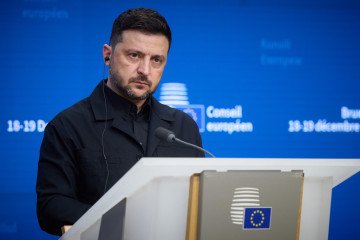- Category
- Latest news
Russia Now “Almost Wholly Reliant” on North Korean Ammunition Supplies, Reuters Reports
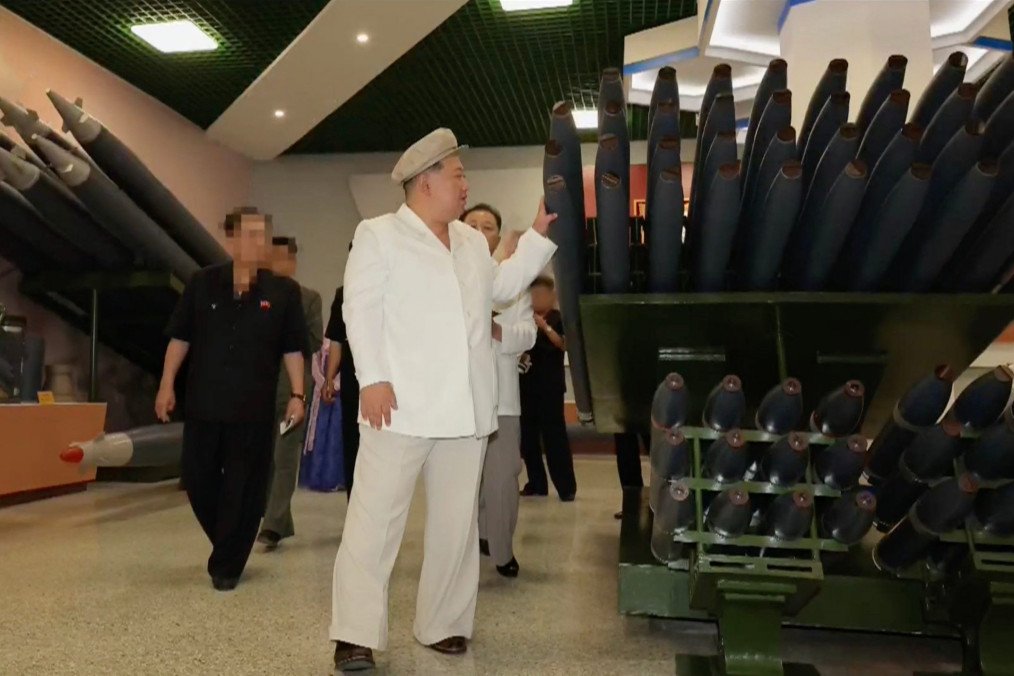
Since September 2023, North Korea has shipped between 4 and 6 million artillery shells to Russia—enough to cover roughly half of its ammunition needs in the war against Ukraine, according to a detailed analysis by the Open Source Centre (OSC) and a Reuters investigation published on April 15.
The data points to a growing arms pipeline between Pyongyang and Moscow, marking a sharp increase in military cooperation between the two isolated regimes. One expert in the Ukrainian military told Reuters that the North Korean contribution was as high as 70%, and Reuters found that at times Russian artillery units were almost wholly reliant upon North Korean munitions.
Between September 2023 and March 2025, four cargo ships—the Angara, Maria, Maya-1, and Lady R—made 64 voyages transporting weapons from North Korea’s Rajin port to Russia’s eastern ports of Vostochny and Dunay. From there, the shells were moved by rail to storage facilities near the Ukrainian border.
OSC estimates that these shipments included around 16,000 containers, enough to hold 4–6 million artillery rounds.
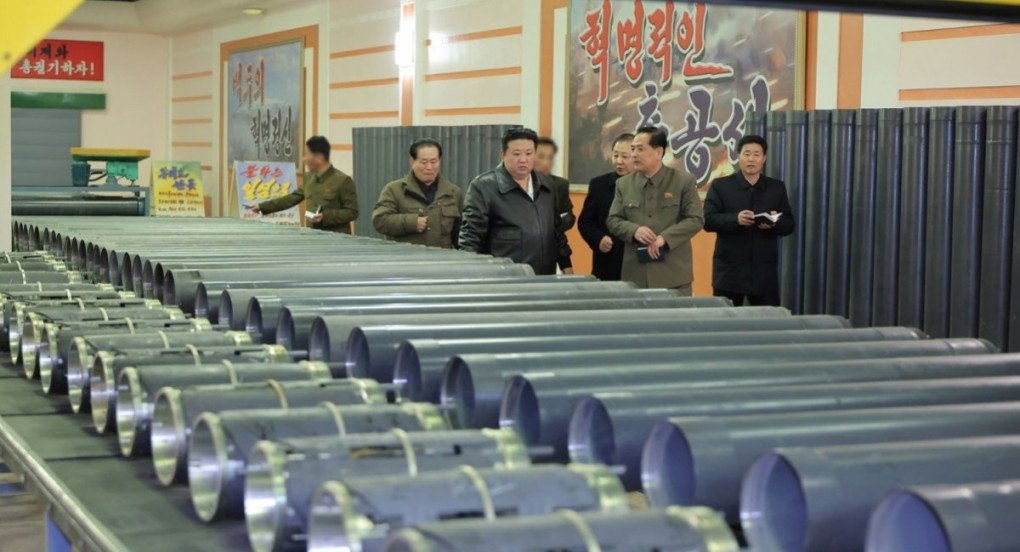
According to Reuters and OSC this massive influx supplements Russia’s domestic ammunition production, which Ukrainian and Western officials believe reached 2–2.3 million shells in 2024.
January 2024 marked the peak of the supply flow, with seven separate shipments sent from North Korea in that month alone. On average, the ships made about three deliveries per month.
In addition to artillery shells, Russia received KN-23 and KN-24 ballistic missiles, long-range howitzers, and multiple-launch rocket systems from Pyongyang.
Ukraine’s military intelligence service (HUR) estimates the deliveries include 148 ballistic missiles, 120 long-range self-propelled artillery units, and 120 MLRS.
Before deployment to the battlefield, the shells are tested at Russia’s Luzhsky artillery range, a Ukrainian military expert told Reuters.
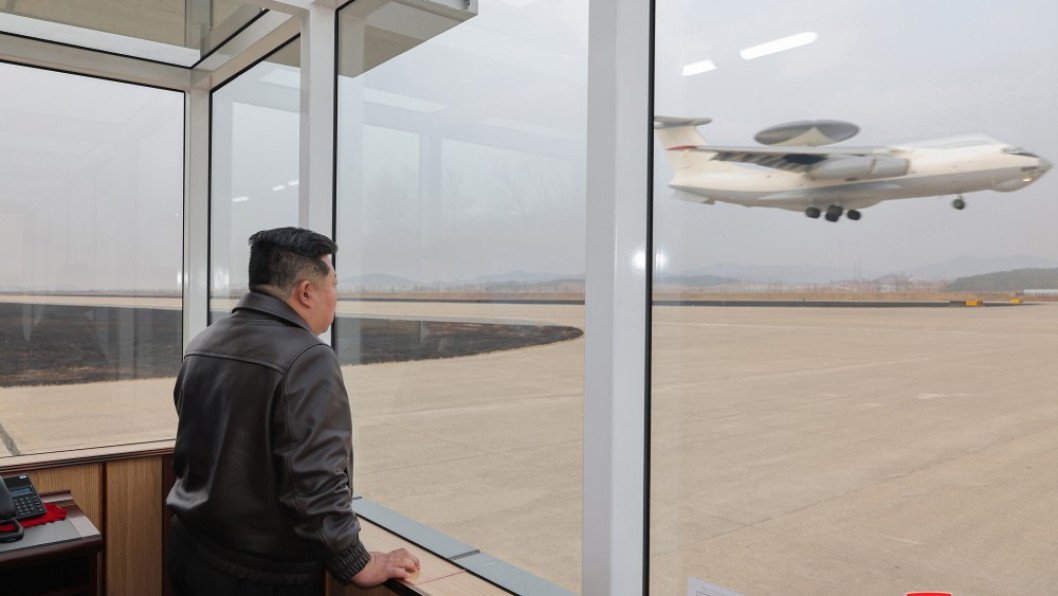
A Russian military manual, on using North Korean munitions with M-46 howitzers, obtained by Reuters and OSC, advises not to keep the rounds in a hot barrel for more than three minutes.
Ukrainian officials, including intelligence chief Kyrylo Budanov, say North Korean shells now account for 50% of all Russian artillery firepower on the front. Some Russian units, according to a Reuters review of nine battlefield reports, rely almost entirely on North Korean-supplied ammunition.
In six of the nine reports, investigators found clear signs of North Korean shell usage. Two 2024 reports detailed days when certain Russian units used only North Korean shells, or when such rounds accounted for up to 75% of total artillery fire.
One unit in Zaporizhzhia last summer reported using North Korean D-20 howitzer shells for half its artillery fire and relied 100% on 122mm rockets from Pyongyang.
Analysts and Ukrainian officials believe these supplies have given Russia a critical artillery edge in the positional warfare that has defined the battlefield since late 2022.
-3e495585fff46b2c2b9fa03978a062bd.jpg)
“Without North Korean support, Russia’s shelling of Ukrainian defensive positions would be cut in half,” Ukraine’s HUR stated.
“Without Kim Jong Un’s backing, Vladimir Putin would not be able to sustain this war,” said Hugh Griffiths, former coordinator of the UN panel monitoring North Korea sanctions from 2014 to 2019.
The North Korean shipments proved especially vital in the fall of 2023 when Ukraine ran low on ammunition and was forced to reduce artillery operations.
“This allowed Russian forces to maintain offensive momentum and apply constant pressure on Ukrainian troops through most of 2024 and into 2025,” said military analyst Konrad Muzyka.
Earlier, reports emerged that since late December, North Korean ballistic missiles launched by Russian forces at Ukraine have shown a marked improvement in accuracy, now hitting their intended targets within a range of 50 to 100 meters.
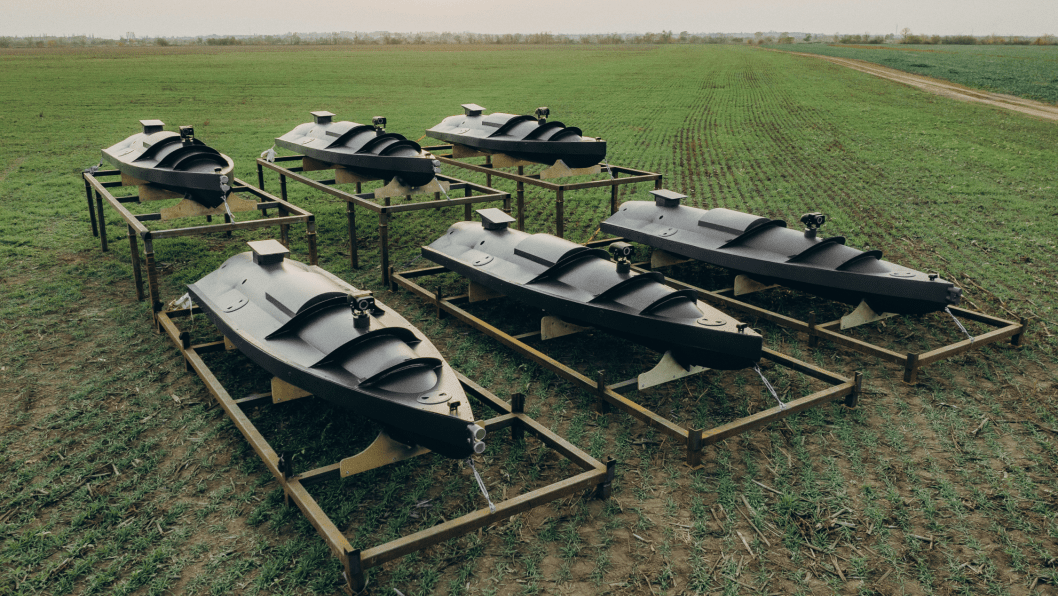



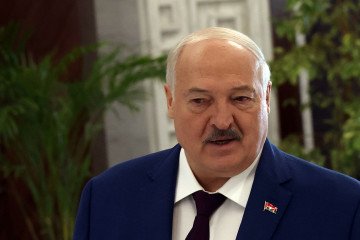
-72b63a4e0c8c475ad81fe3eed3f63729.jpeg)
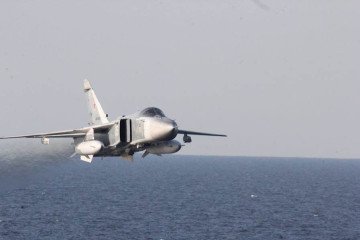
-111f0e5095e02c02446ffed57bfb0ab1.jpeg)
